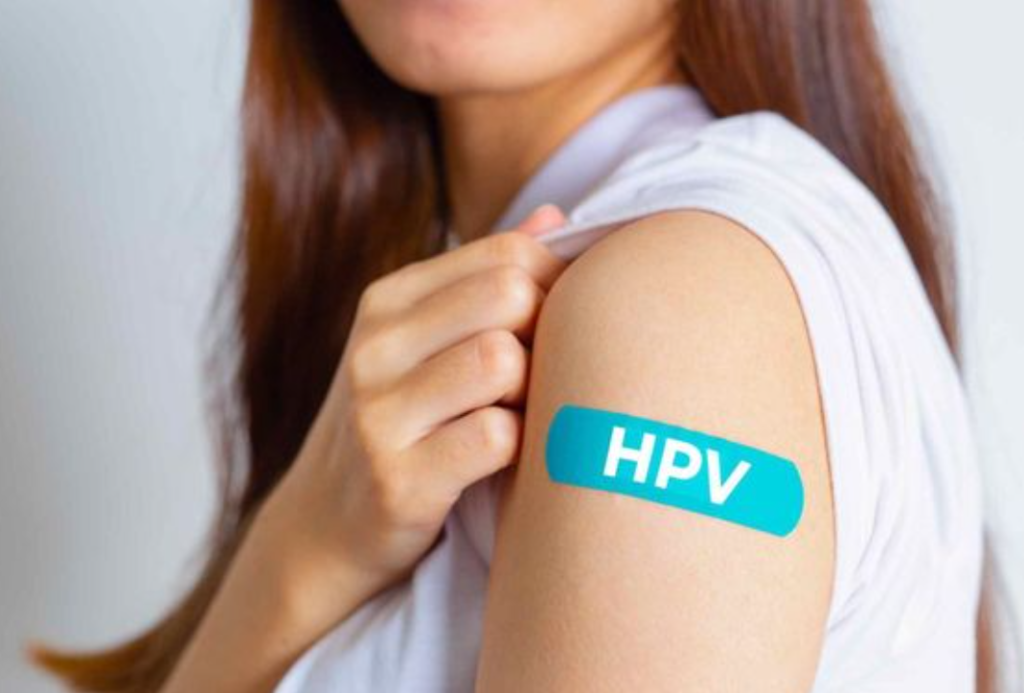In the realm of health, knowledge is a potent shield. When it comes to Papillomavirus, understanding its symptoms is paramount for early detection and effective management. This article will unravel the nuances of Papillomavirus symptoms, shedding light on the visible and subtle signs that demand our attention.
Introduction
Papillomavirus, commonly known as HPV (Human Papillomavirus), is a prevalent viral infection with various strains, some of which pose serious health risks. Recognizing the symptoms is crucial for timely intervention and prevention of complications.
What is Papillomavirus?
At its core, Papillomavirus is a group of viruses that can infect the genital area, mouth, and throat of both males and females. Understanding its types and modes of transmission is fundamental to grasping the complexity of this virus.
Common Papillomavirus Symptoms
Skin Warts
One of the most recognizable symptoms of Papillomavirus is the appearance of skin warts. These can manifest on various parts of the body and are often benign but can be aesthetically bothersome.
Genital Warts
Particularly concerning are genital warts, which can lead to more serious health issues if left untreated. Awareness and education about safe practices are crucial in preventing their transmission.
Throat Warts
Papillomavirus can also affect the throat, leading to warts that may impact respiratory health. Recognizing these symptoms is vital for seeking appropriate medical attention.
Respiratory Symptoms
In some cases, Papillomavirus may cause respiratory symptoms, emphasizing the need for a comprehensive understanding of its varied manifestations.
Subtle Signs and Risks
Asymptomatic Carriers
A challenge in addressing Papillomavirus is the presence of asymptomatic carriers who unknowingly transmit the virus. This underscores the importance of regular screenings.
Increased Risk of Cancers
Beyond visible symptoms, Papillomavirus is linked to an increased risk of cancers, emphasizing the need for proactive measures and routine check-ups.
Importance of Early Detection
Early detection through screenings and tests is pivotal in preventing the progression of Papillomavirus-related complications.
Diagnosis and Testing
Pap Smear
A Pap smear is a common screening test for Papillomavirus, especially for women. Regular screenings can detect abnormal cell changes early on.
HPV DNA Test
For a more comprehensive analysis, an HPV DNA test may be recommended, aiding in the identification of specific strains of the virus.
Biopsy
In cases where abnormalities are detected, a biopsy may be conducted to assess the extent of cell changes and guide further treatment.
Prevention Strategies
Vaccination
Vaccination against Papillomavirus is a key preventive measure, significantly reducing the risk of infection and associated complications.
Safe Practices
Practicing safe sex and maintaining good hygiene are essential in preventing the transmission of Papillomavirus.
Treatment Options
Topical Medications
For external warts, topical medications may be prescribed, targeting the affected areas and promoting healing.
Surgical Procedures
In more severe cases, surgical procedures may be necessary to remove warts and prevent further complications.
Living with Papillomavirus
Emotional Aspects
Living with Papillomavirus can be emotionally challenging. Seeking support from friends, family, and healthcare professionals is crucial.
Support and Resources
Numerous resources and support groups exist to help individuals cope with the physical and emotional aspects of Papillomavirus.
Dispelling Myths
Common Misconceptions
Dispelling common myths about Papillomavirus is essential for promoting accurate information and reducing stigma associated with the infection.
Reliable Sources for Information
Encouraging individuals to seek information from reliable sources, such as healthcare professionals and reputable websites, is crucial for fostering a well-informed society.
Global Impact of Papillomavirus
Statistics
Understanding the global prevalence and impact of Papillomavirus highlights the need for concerted efforts in education and prevention.
Initiatives and Awareness Programs
Various initiatives and awareness programs aim to educate the public about Papillomavirus, emphasizing the role of individuals in safeguarding their health.
Future Developments
Ongoing Research
Researchers are continually exploring new avenues in understanding Papillomavirus, offering hope for more effective prevention and treatment strategies.
Potential Breakthroughs
Anticipating potential breakthroughs in Papillomavirus research underscores the importance of supporting scientific endeavors in the field.
Interview with a Healthcare Professional
Insights into Papillomavirus
A healthcare professional provides valuable insights into the challenges and advancements in managing Papillomavirus.
Expert Recommendations
Expert recommendations on prevention, testing, and treatment offer practical guidance for individuals and healthcare providers alike.
Personal Stories
Real-Life Experiences
Real-life stories of individuals navigating Papillomavirus shed light on the human side of the infection, fostering empathy and understanding.
Overcoming Challenges
Highlighting stories of resilience and overcoming challenges provides hope and encouragement to those facing Papillomavirus.
Educating the Masses
Schools and Awareness Programs
Incorporating Papillomavirus education into school curriculums and community awareness programs is crucial for building a knowledgeable society.
Importance of Sex Education
Emphasizing the importance of comprehensive sex education contributes to preventing the spread of Papillomavirus and promoting responsible behavior.
Conclusion
In conclusion, understanding Papillomavirus symptoms is a proactive step towards safeguarding our health. By dispelling myths, promoting education, and fostering a supportive community, we can collectively address the challenges posed by this widespread infection.
FAQs
- Is Papillomavirus curable?
- While there is no cure for Papillomavirus, its symptoms and associated complications can be managed with proper medical intervention.
- Who should get the HPV vaccine?
- The HPV vaccine is recommended for both males and females, ideally before becoming sexually active.
- Are Papillomavirus symptoms the same in everyone?
- No, symptoms can vary widely, and some individuals may be asymptomatic carriers.
- How often should one undergo Pap smears for Papillomavirus screening?
- The frequency of Pap smears depends on factors such as age, medical history, and risk factors. Consult with a healthcare professional for personalized recommendations.
- Can Papillomavirus be transmitted through non-sexual contact?
- While sexual contact is the primary mode of transmission, some strains of Papillomavirus can be transmitted through non-sexual skin-to-skin contact.

